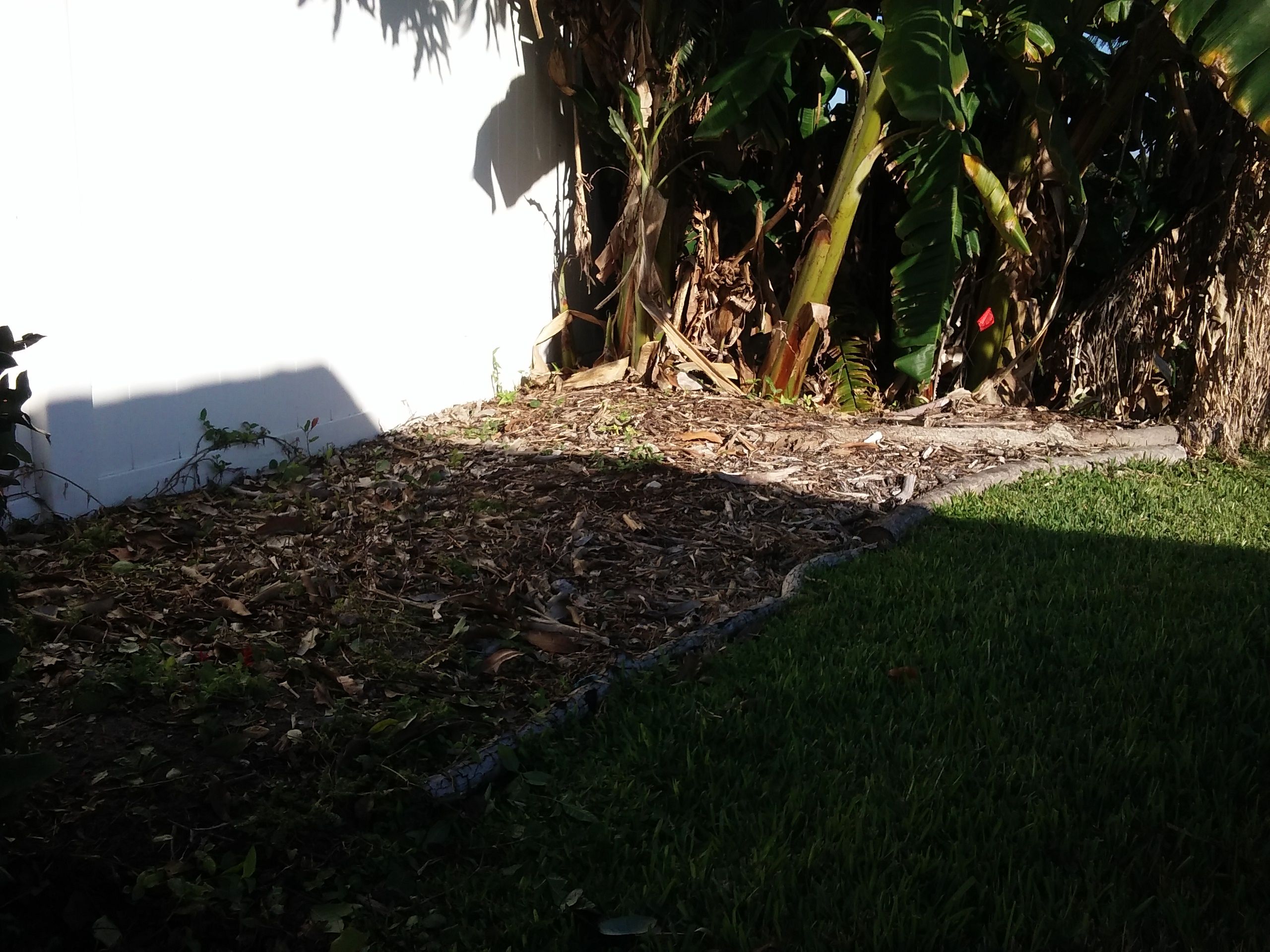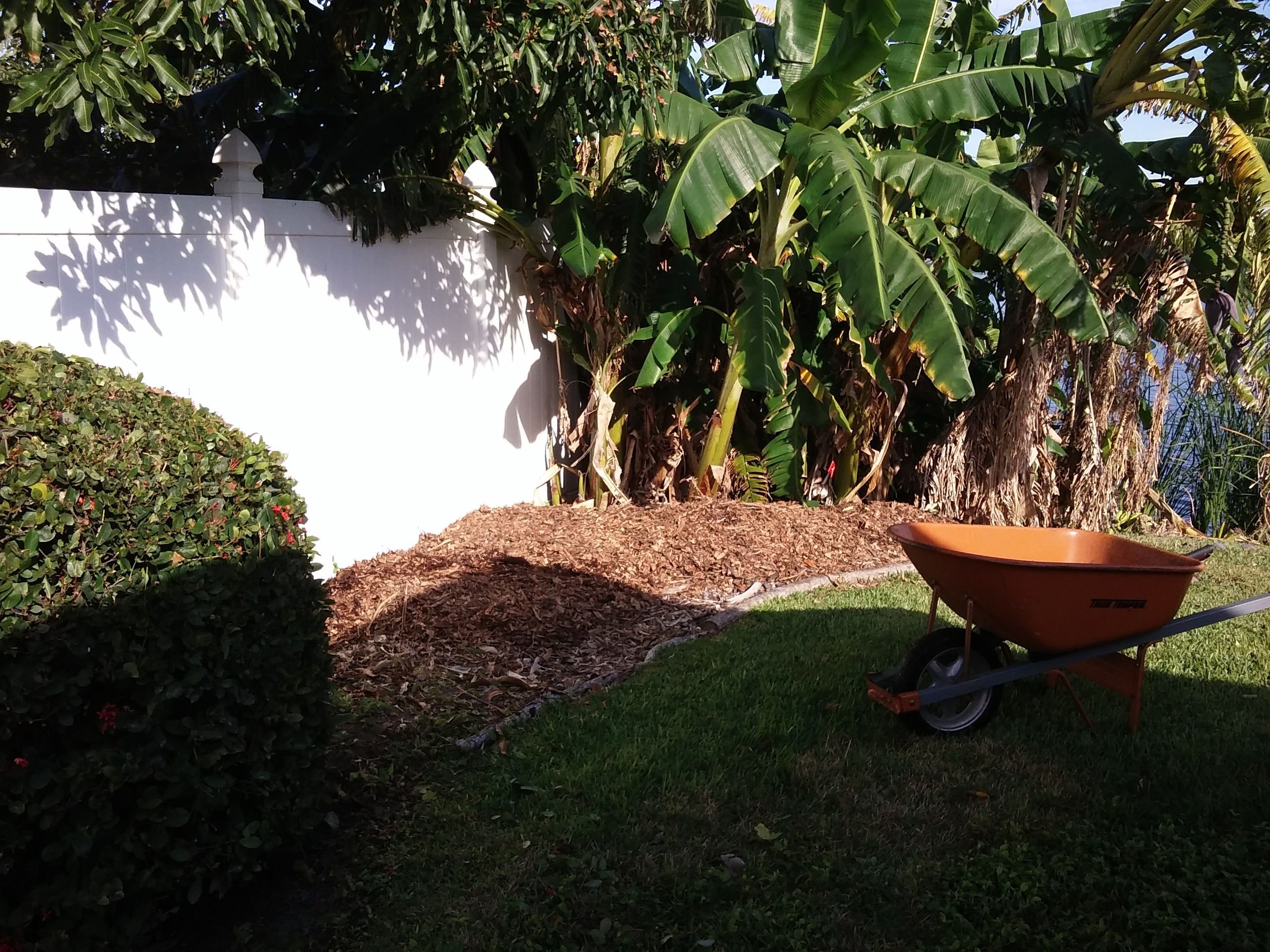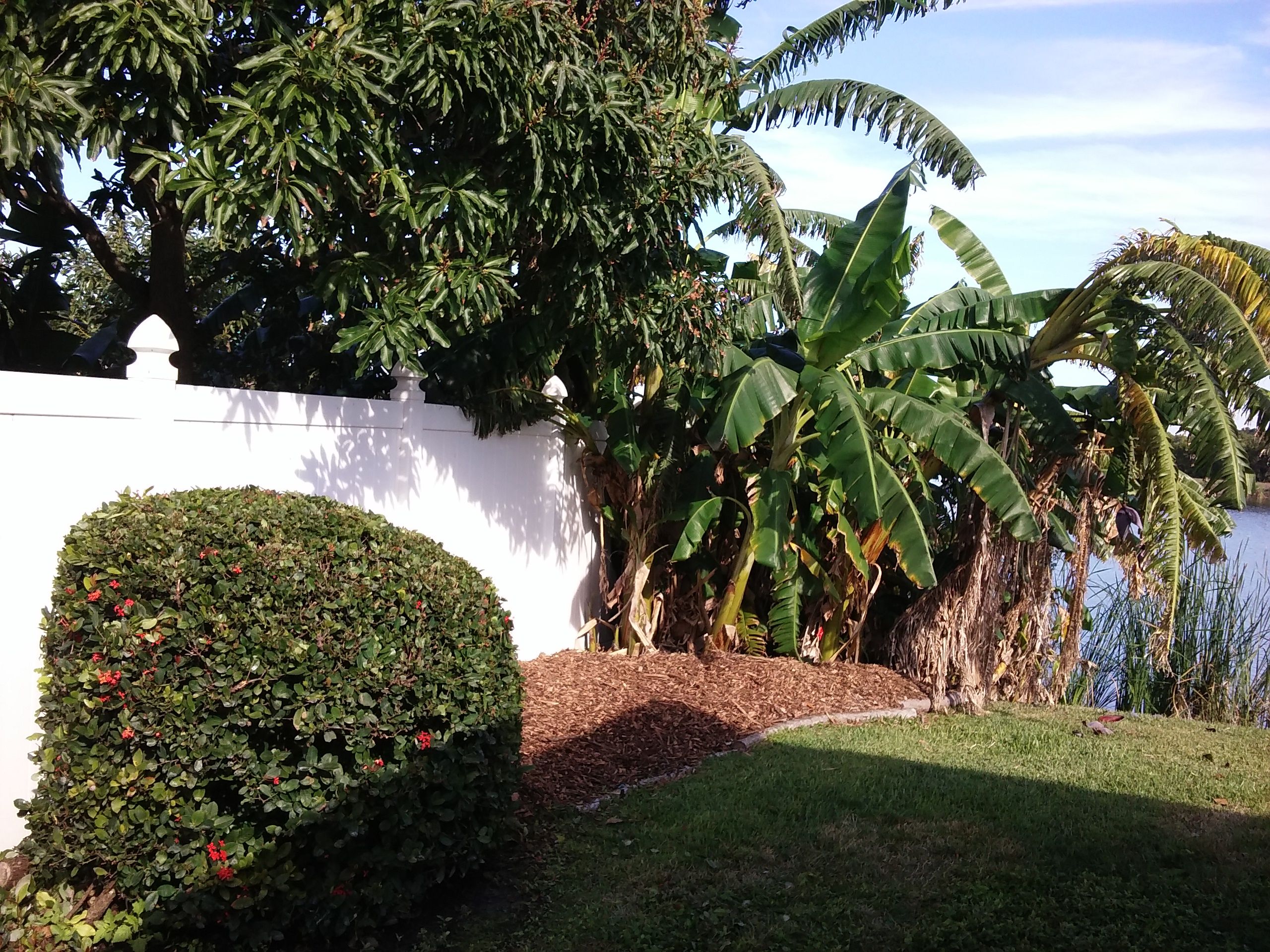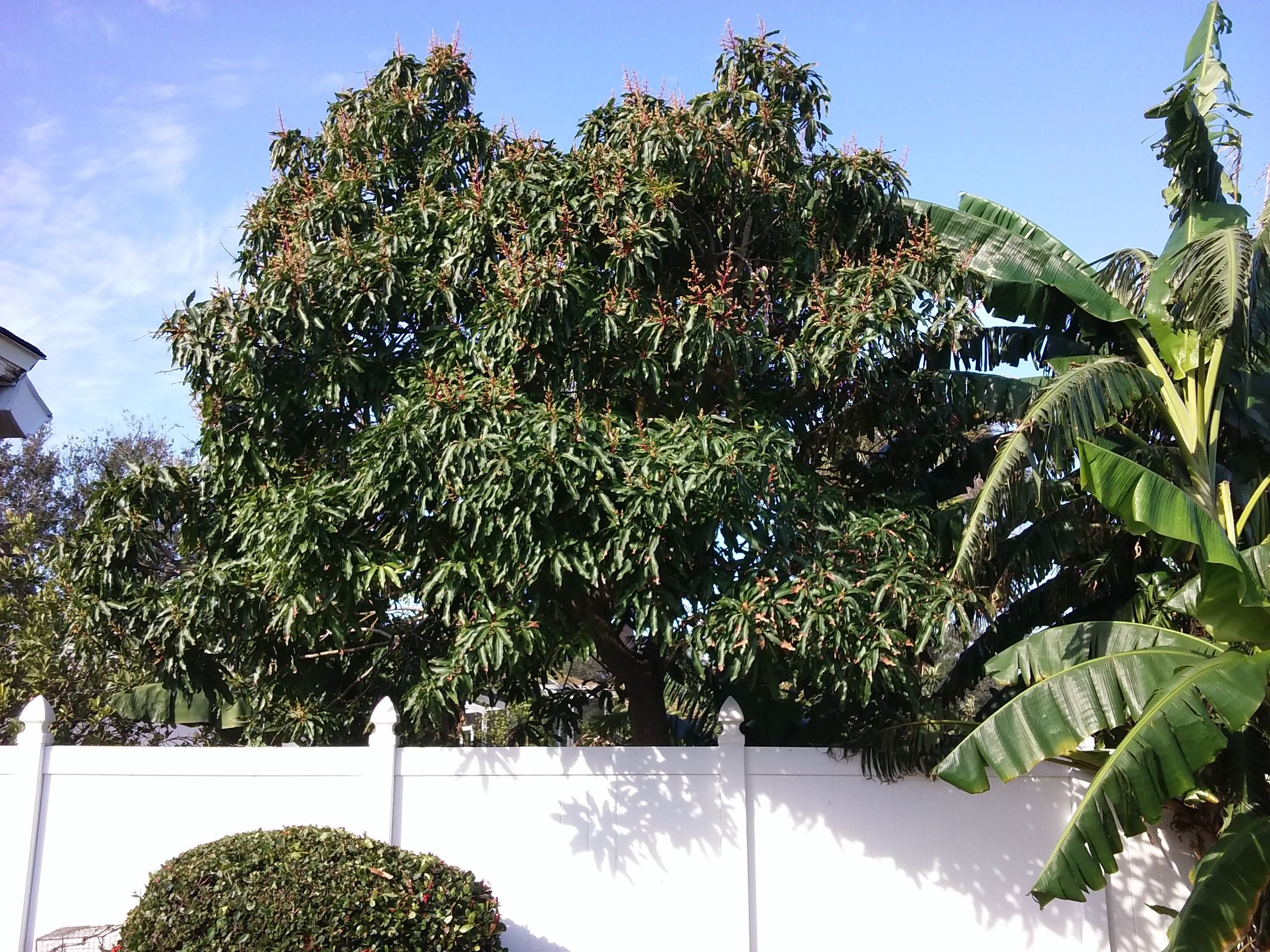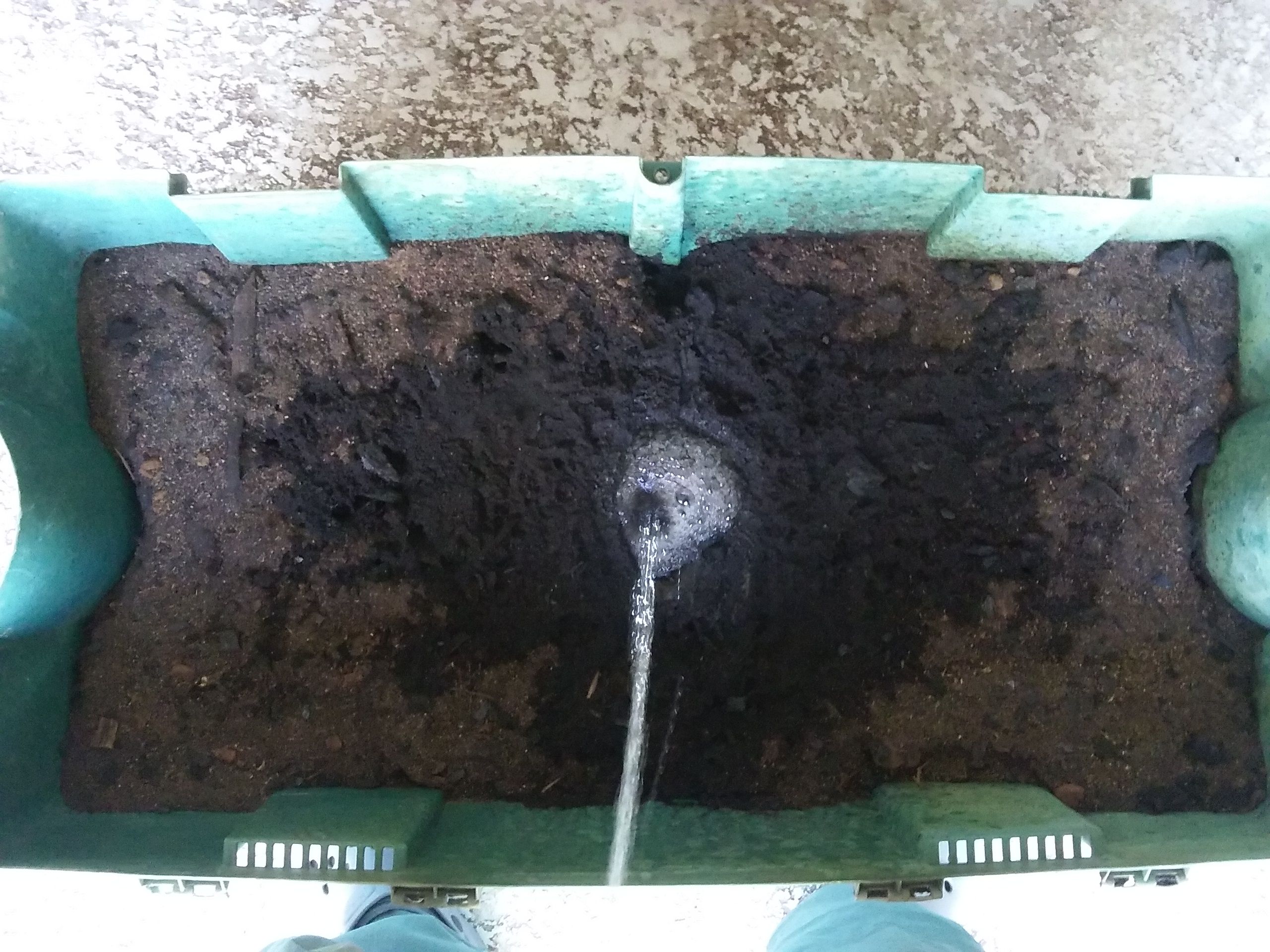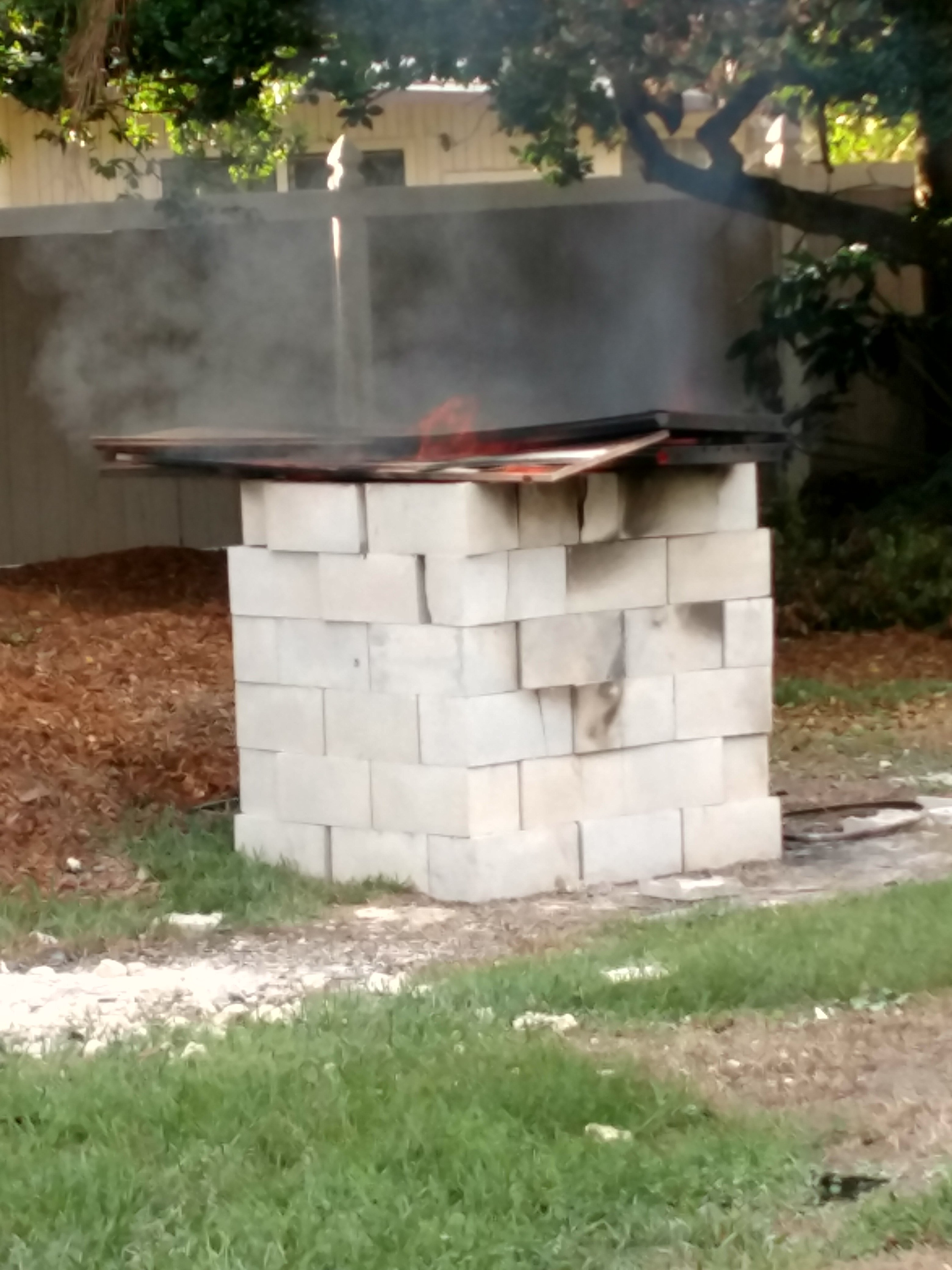Seeds: Seminole Pumpkin (Florida native) Cranberry Hibiscus (aka False Roselle, African Rosemallow - Hibiscus Acetosella 2 varieties dark pink flower and dark red flower) Roselle Pigeon Pea (yellow flower black pea) Pigeon Pea (red flower red pea) Yardlong Bean (Asparagus Bean) Canna Edulis Everglade Tomato (Florida native) Thai Basil Spanish Needle Keitt Mango and 2 other varieties Cuttings / Plants: Chaya (aka Spinach Tree 2 varieties) Longevity Spinach Surinam Spinach Sweet Potatoes (3 varieties including dark purple one) Cuban Oregano Malanga Shell Ginger Shampoo Ginger Moringa Hawaiian Cassava (aka Yuca) Everbearing Mulberry Magnolia Fig Banana Plants (Dwarf Cavendish and Plantain) Papaya Plants Mexican Sunflower (Tithonia Diversifolia) Rosemary Loquat Water Spinach (aka Kang Kong, Chinese Spinach - Ipomoea Aquatica) Singapore Daisy (aka creeping-oxeye, trailing daisy, and Wedelia - Sphagneticola Trilobata) Dayflowers (Commelina) Chives Mint Edible Bamboo clumping type
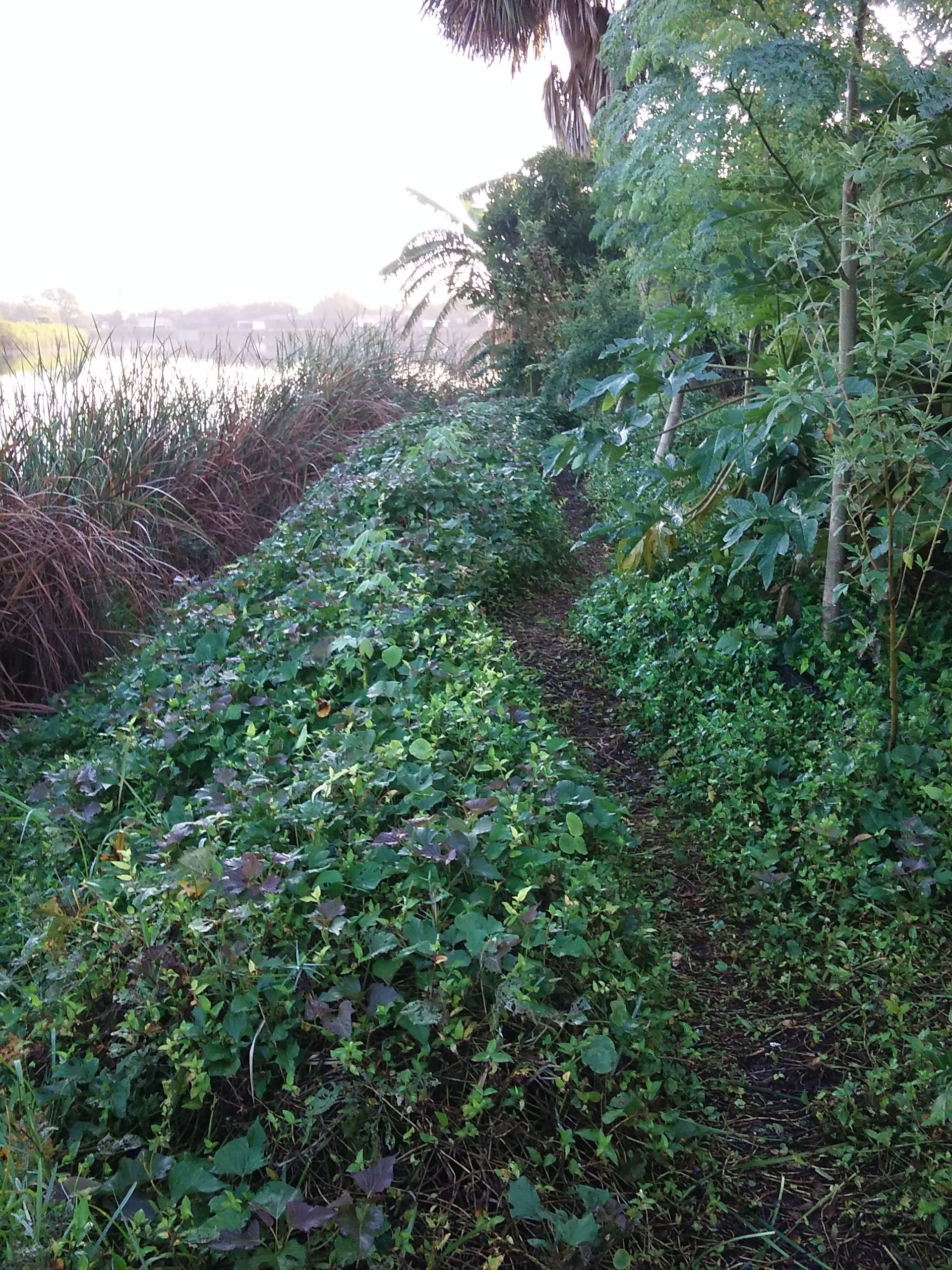
We eat the freshest and the most nutritious food from our own farm. We sequester as much carbon as possible by composting all organic waste from our farm and kitchen. We create habitats for abundant, diversified and beneficial wildlife on our farm. We use earthwork such as swales to slow, spread and store rainwater and to prevent erosion on slopes. We create microclimates to grow diversified edible plants. We have a sustainable, regenerative, resilient, aesthetic, functional, productive and constantly evolving permaculture food forest garden farm. We hope that more people would join us to have a low-maintenance food forest garden even in a small scale than a high-maintenance lawn so that we can reduce carbon footprint and pollution for a better earth, a better us and a better future for our children and their children. Unlike a lawn or a conventional row garden demanding on-going high input of energy money and time, a low-maintenance food forest can sustain and regenerate itself after it's established. Come and look at what we have. We use Back to Eden permaculture gardening approach modeled after nature, no-till organic, heirloom seeds. In addition, we add layers such as overstory, understory, shrub, herbaceous, ground cover, root, vine, mushroom.
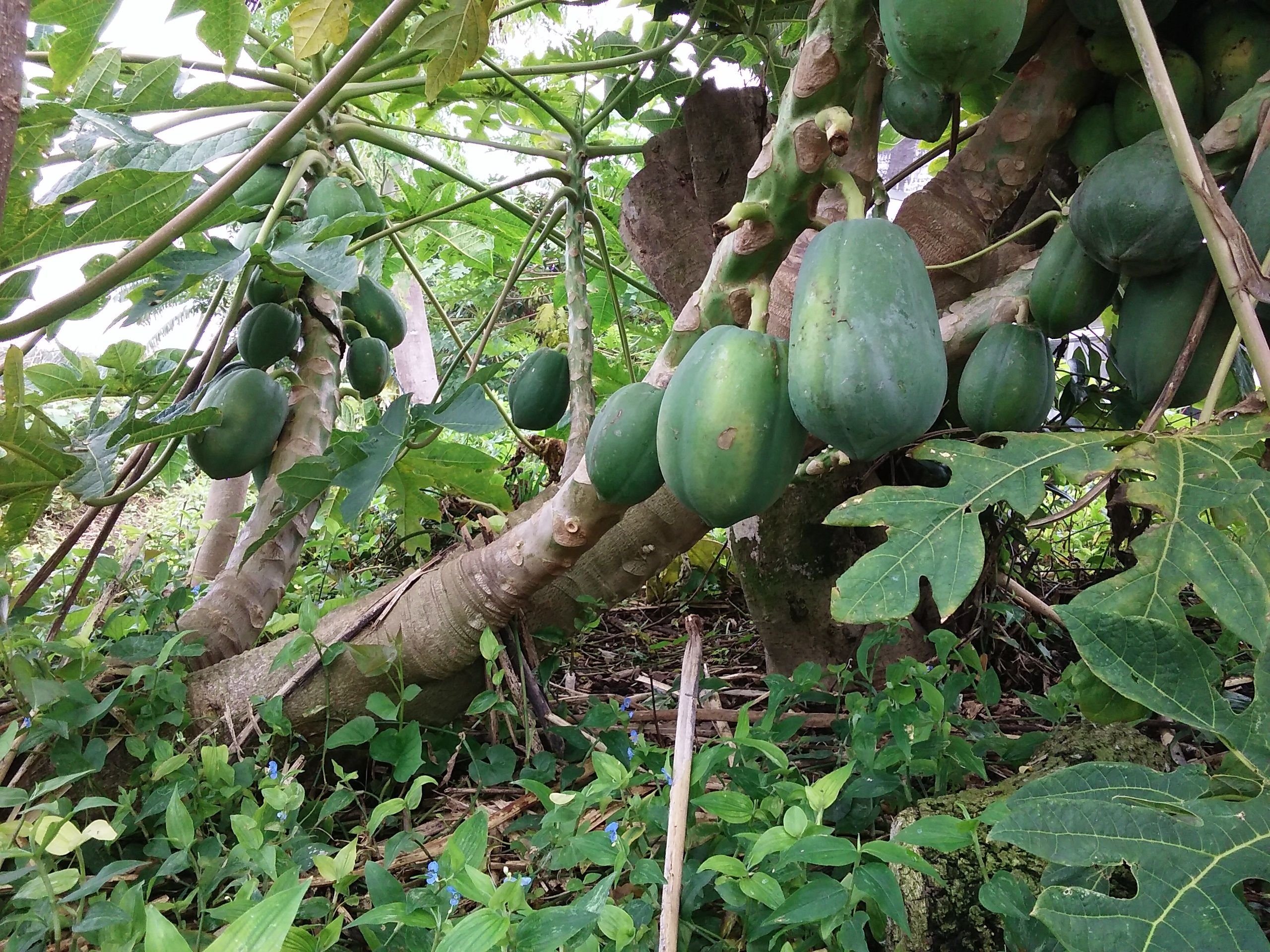 Other Plants in our garden:
Papaya
Avocado
Carambola, Starfruit
Sugar Cane
Asparagus
Okinawa Spinach
Lemon
Lime
Coconut Palm
Jackfruit
Ginger
Turmeric
Gardenia
Live Oak
Queen Palm
Cabbage Palm, Sabal Palmetto
Date Palm
Grapefruit
Pomelo
Orange
Olive
Pomegranate
Ice Cream Bean
African Mint Potato
Purple Yam
Cattail
Cactus
Dragon Fruit
Lychee
Lemon Guava
Pineapple Guava
Pineapple
Aloe
Katuk
Malabar Spinach Green
Malabar Spinach Red
Brown Turkey Fig
Salavatski persimmon (Russian soft seed)
Papaya (Red lady)
Passionfruit (yellow)
Egyptian spinach
Beijing grass
Sassoo Spinach (Brazilian spinach)
Other Plants in our garden:
Papaya
Avocado
Carambola, Starfruit
Sugar Cane
Asparagus
Okinawa Spinach
Lemon
Lime
Coconut Palm
Jackfruit
Ginger
Turmeric
Gardenia
Live Oak
Queen Palm
Cabbage Palm, Sabal Palmetto
Date Palm
Grapefruit
Pomelo
Orange
Olive
Pomegranate
Ice Cream Bean
African Mint Potato
Purple Yam
Cattail
Cactus
Dragon Fruit
Lychee
Lemon Guava
Pineapple Guava
Pineapple
Aloe
Katuk
Malabar Spinach Green
Malabar Spinach Red
Brown Turkey Fig
Salavatski persimmon (Russian soft seed)
Papaya (Red lady)
Passionfruit (yellow)
Egyptian spinach
Beijing grass
Sassoo Spinach (Brazilian spinach)


